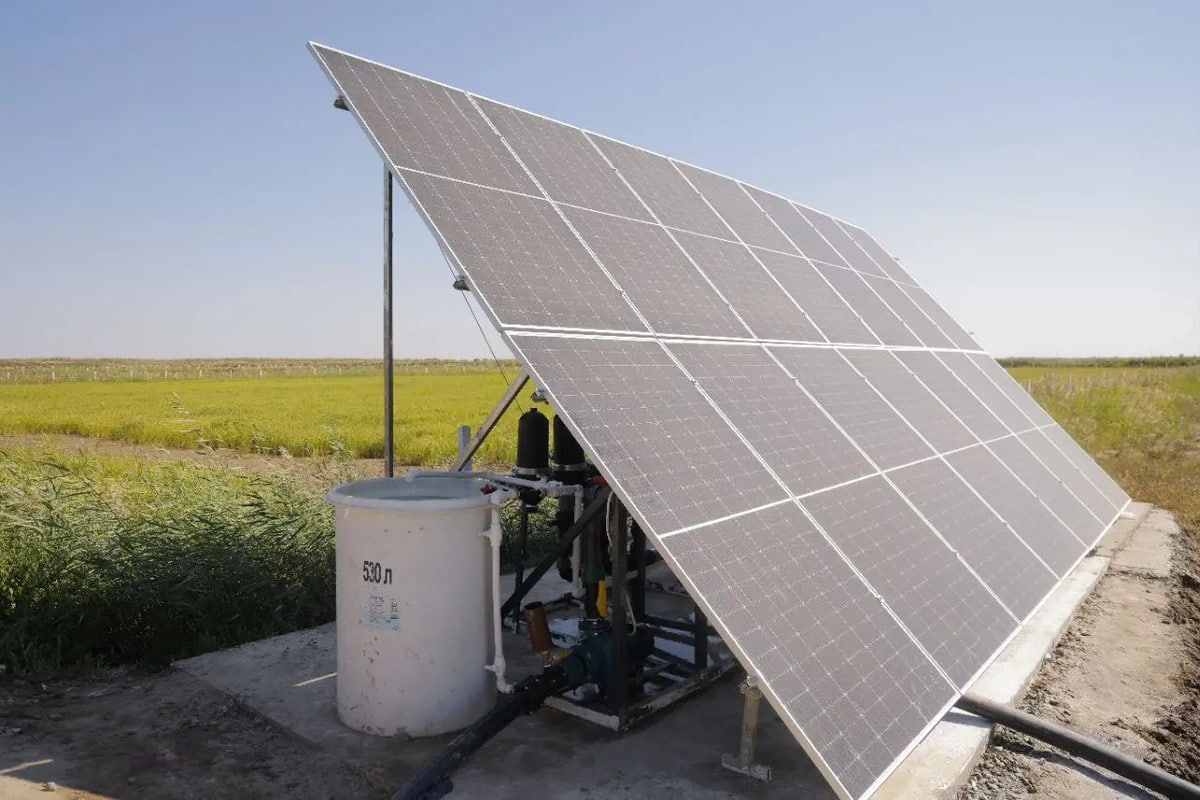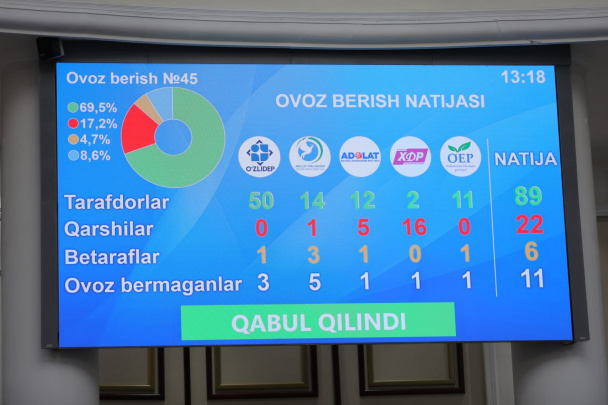Uzbekistan to scale up water-saving rice farming with drip irrigation
In 2026, Uzbekistan will launch a rice cultivation project using drip irrigation across six regions. The initiative aims to adopt international experience from South Korea, the Philippines, Egypt, and Nepal to develop new rice varieties that require less water while maintaining high yields.

According to a July 2 resolution from the Cabinet of Ministers, the country will begin implementing resource-efficient technologies in rice farming, including the introduction of new rice varieties resilient to extreme temperatures and drought conditions.
Drip irrigation
Starting in 2026, the experimental project for cultivating rice using drip irrigation will be expanded. Traditionally, rice is grown in flooded fields, which require substantial water resources.
Pilot plots of no less than 10 hectares each will be established in the Republic of Karakalpakstan, as well as the Khorezm, Bukhara, Namangan, Syrdarya, and Surkhandarya regions.
A similar pilot was reported last year in the Nukus district of Karakalpakstan, where the Ministry of Agriculture noted that drip irrigation reduces water consumption by up to 50%.
The Ministries of Agriculture and Water Resources have been tasked with submitting proposals on the effectiveness of this irrigation technology by the end of the year. Project participants are expected to receive subsidies.
Introduction of new varieties
The government has instructed the Ministry of Agriculture to engage international rice cultivation experts through cooperation with the KOPIA Center (South Korea). As part of the project, water-saving agricultural machinery and units will be procured and tested at the Rice Research Institute.
Between 2025 and 2028, research will be conducted to develop new rice varieties and hybrids that are drought-resistant and high-yielding using marker-assisted selection. This work will be carried out in partnership with the International Rice Research Institute (IRRI) in the Philippines, with support from the World Bank.
In addition, Uzbekistan will collaborate with Egypt from 2025 to 2027 to develop rice varieties that can withstand high temperatures and require minimal water. Cooperation with Nepal is also planned to produce cold-tolerant, high-yielding rice strains.
Furthermore, the project aims to introduce technologies for cultivating rice varieties that produce 10–15 quintals more per hectare than current types. These varieties should be suitable for growth under water usage reduced by 30–35% compared to conventional flooded-field methods. They are also expected to meet the standards of healthy nutrition (including for children) and exhibit high grain quality, particularly in iron and zinc content.
Other innovations
In rice farming, solar-powered energy-efficient pumps will be used to minimize electricity consumption.
Resource-saving technologies will also be introduced in the rice processing sector. This year, international innovations in this field will be studied and tested, with implementation scheduled to begin next year.
Additionally, at least 50% of rice fields using the replanting method will shift to transplanting seedlings in 2025. To support this method, the domestic production of transplanting machinery and necessary plastic trays is expected to commence.
Related News

12:46 / 07.07.2025
New penalties and obligations await farmers: Draft law sparks controversy among deputies

15:32 / 13.06.2025
EBRD to provide $250 million loan to Uzbekistan for irrigation system modernization

19:48 / 10.06.2025
Meteorologists predict cooler June with key implications for farming

15:10 / 21.05.2025



